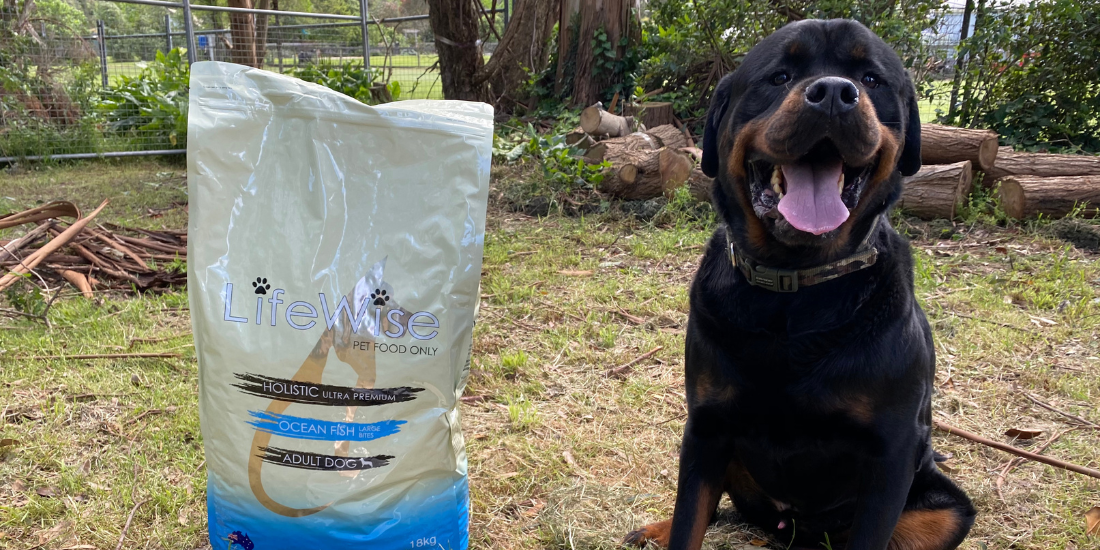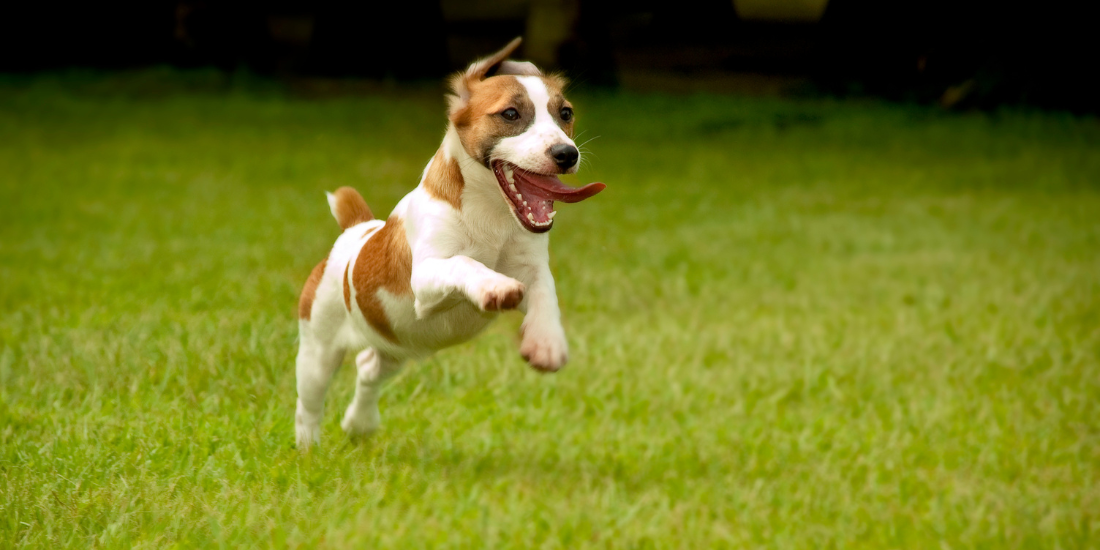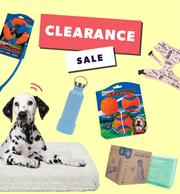
Venturing out with your tail-wagging sidekick? That's the Swaggle way! From exploring new paths to enjoying familiar routes, travelling with your dog turns every ride into a cherished memory. To ensure this experience is packed with safety, comfort, and that Swaggle energy, we’ve created a guide that covers everything you need to know before heading off.
Travelling with Dogs Safely and Comfortably in Cars
Road trips with dogs can be a bundle of fun, but there are certain things to keep in mind to ensure your canine companion is safe and snug for the ride.
Do dogs need to be restrained in cars?
In one word: Yes. But let's chew into the specifics.
Different states in Australia have different rules when it comes to doggy passengers. While some states including Victoria, Queensland, South Australia and the Northern Territory don't have any direct laws, others, like Australian Capital Territory, New South Wales, Tasmania and Western Australia deem it illegal to have an unrestrained animal in the car.
But no matter where you are, we recommend keeping your dog safe and sound. Think of it this way: if we humans need seatbelts, our four-legged friends need some form of protection too. Whether you're in Victoria, Queensland, or any other state, the general advice remains: Restrain your pooch. Not only can it prevent potential fines, but it's essential for the safety of your pet, yourself, and other road users.
How to set up a safe spot for your pup
So, you've decided to hit the road and you want to ensure your pet has the best seat in the car. Good on you! Welcome to responsible pet parenthood. Here’s a quick school on setting up a comfy and safe spot for your canine co-traveller:
Choose the right restraint system
Whether it's a crate, carrier, harness, or barrier, make sure it's the right fit for your dog. A proper restraint ensures they're secure and aren’t bouncing around during those unexpected brakes.
Familiar comforts
Just like us, pets love the comfort of the familiar. Bringing along their favourite blanket, toy, or bed can make the car feel like a home away from home.
Safety first
Always keep your dog in the back seat. And as tempting and cute as it may be, don't let them stick their heads out of the window. Debris or insects can cause injury, and we wouldn't want that for our furry friends.
Never leave your dog alone
No matter the weather, never leave your dog alone in a parked car. Even on a mild day, the temperature inside can rise quickly, becoming a potential hazard.
How to find the right restraint fit for your dog
As you embark on the journey to find the best car restraint for your furry co-pilot, it's essential to consider a few golden rules to ensure those car rides are both safe and snazzy. Here's a quick rundown to get you wagging in the right direction:
Trustworthy brands
Begin by choosing brands that aren’t just household names, but proven champions that have crash-tested their products and come with weight-tested buckle s like our Kurgo Enhanced Strength Tru Fit Dog Car Harness.
Adjustability
Look for harnesses with adjustable straps around the neck and chest to ensure a proper fit.
Dog size and breed
Focus on the chest, neck, and breed of your dog when taking measurements. Harness sizes can also be based on the breed of the dog.
Consider their quirks
Know your dog's personality. A mischievous chewer? Opt for a chew-resistant restraint. For those jittery pups, a calming, comfortable design is the way to go.
Measure your pup
Your chosen restraint should feel like a snug hug around your dog’s chest and back. The best way to find the best fit for your dog is with the right measurements.
When measuring your dog’s harness:
1. Use a flexible tape measure, it will ensure you measure your pup accurately.
2. Focus on the measurements of your dog’s chest and neck.
3. Measure the chest, starting at the bottom of the rib cage, over the back, and meet where the tape starts.
4. Measure the thickest part of the neck, just above the shoulders.
5. Get your pooch on the scales.
How to put on a harness
Now that your harness has arrived, it is time to pop it on your pooch.
1. Slide the harness over your dog’s head.
2. Swing the chest piece up so that it is touching your pup’s stomach and chest.
3. Fasten the buckles.
Only once the harness is on your dog can you truly know if it is the perfect fit. Signs of a poor fit to look out for include:
1. Bare spots around harness area
2. Chafing around the harness area
3. Dog is able to wiggle free from the harness
4. Dog strongly resists to walking with the harness on
5. Back piece of the harness moves around, rotating to either side
Buckle up your dog
Once you've found the dream restraint, ensure it's installed to perfection. A wobbly fit isn't just uncomfortable but potentially risky.
When installing your dog’s car harness and restraint it is important to:
1. Attach the carabineer clip to both the waist and shoulder seat belts
2. Attach the carabineer clip to the harness back strap
3. Once the harness and seat belt are attached to each other, adjust for safety and comfort.
How to make road trips enjoyable for every pup
Every dog parent has probably wondered, “Does my furry friend enjoy our road trips together?” The answer isn't as straightforward as a simple yes or no. Our four-legged buddies have their own personalities and likes or dislikes, much like us. So, let's dive in and find out why some dogs are avid roadies while others might prefer to stay at home.
Understanding your dog's on-road behaviour
It's no secret that some dogs love nothing more than to stick their snout out of the window, taking in the fresh air and new scents. Meanwhile, others may whimper and look for an exit at the mere sight of a car. So, what's the reason behind these polar reactions?
Avoid negative associations
Just like we remember that one turbulent flight, some dogs might recall not-so-pleasant car experiences. Whether it's a nerve-wracking vet visit or a time they were left alone, these memories can make them apprehensive about another ride.
Motion sickness
Ever felt that queasy feeling on a winding road? Dogs can feel it too. If your pup gets motion sickness, car rides might not be their idea of fun.
Lack of exposure
Just as kids might be scared of their first roller coaster, dogs who haven't experienced many car journeys might feel overwhelmed. The unfamiliar can be daunting!
Sensory delight
On the flip side, some dogs are all about the sensory overload. The wind in their fur, new sights zipping by, and a myriad of smells can be exhilarating.
Adventure time
Tapping into their wild roots, the sense of moving with the pack can be deeply satisfying and comforting for some dogs.
But, how do you know if your dog's enjoying the ride or secretly praying for it to end?
Here are some signs of a stressed doggo on the road:
1. Panting more than usual.
2. Continuous salivating or lip licking.
3. Nervous behaviours like paw licking or trembling.
4. Vocalising distress through barking or whimpering.
5. Extreme signs include vomiting or in-car ‘accidents’.
If you notice these signs, your priority is making your fur-buddy feel safe and secure. Seeking advice from professionals like vets or behaviourists is a smart move.
Tips and tricks to increase their enjoyment
So, how can we ensure that every car ride is a tail-wagging experience?
Get your dog used to the car
Start in a stationary car. Make the environment inviting with treats and games, letting your dog associate the car with positivity. Acclimate your dog to travel with positive reinforcement training.
Use commands they know to create a sense of normalcy and routine.
Start small
Initiate the journey with short trips, maybe to your local park or the pet shop. Slowly extend the duration over time.
Create positive associations
Start by making the car a happy place. This can be achieved by simply playing with your dog inside a stationary car or rewarding them with treats for getting in.
Travel safely and securely
Invest in a well-ventilated crate or a dog seat belt harness for safety and security.
Ensure the crate or seat is comfortable, with enough space for your dog to sit, stand, and turn around.
Avoid motion sickness
Limiting food and water a few hours before the trip can prevent any queasy feelings. Talk to your vet about anti-nausea medication if your dog is prone to motion sickness. Keep the car cool and well-ventilated; facing your dog forward can also help.
Take pit stops
Just as we need our coffee breaks, dogs need their stretch-and-sniff breaks. Regular stops will keep your dog relaxed and eager for the next leg of the journey. We also recommend a good play session before starting the journey to help expend excess energy.
Bring comfort items
Bringing along your dog’s favourite blanket, toy or bed can provide comfort through a sense of familiarity. If your dog has a favourite calming scent or spray, use it in the car.
Stay calm
Did you know that dog’s often mirror their owner’s emotions? Staying calm and positive yourself can help ease their anxiety. Avoid overexciting your dog before and during trips.
Keep your pup fed and hydrated
Throughout the whole trip, ensure your dog has access to fresh water, consider travel water bowls or bottles like our Zee Dog Go Dog Bowl.
If it is a long journey, plan for light feeding to avoid hunger without irritating your pup’s stomach.
Use medication as a last resort
If all else fails, consult your veterinarian. They might recommend safe sedatives for your dog during travel. Create a Pet Profile to access our free Vet Advice.
By paying attention to your dog's needs and ensuring their comfort, road trips can become a delightful experience for both of you. After all, every journey is better with our furry friends by our side! So, pack those treats, crank up some tunes, and embark on your next adventure with your pawtner in crime.
Toys, Tunes, and Treats to Keep Boredom at Bay
Got a restless pup? Here's how to ensure they remain engaged and entertained during the journey:
Treat Them Right
Reward good behaviour with their favourite treats.
Engaging Toys
Interactive toys like puzzle feeders can keep them engrossed for hours.
Comfort Zone
A soft bed or blanket ensures they have a cosy spot to relax in.
Journeying with your dog transforms any travel experience into a treasure trove of memories, packed with wagging tails. With the right planning, safety measures, and a Swaggle mindset, you can make each adventure as delightful as it's meant to be. Whether it's securing the perfect restraint, finding those dog-friendly pit stops, or ensuring their mental well-being on the go, it's all about giving your canine companion the love, care, and respect they deserve. So, before you hit the open road, revisit these essential tips and set the wheels in motion for an unforgettable escapade. Safe travels and may every trip be packed with joy, love, and that unmistakable Swaggle spirit!
Enjoyed This?
Explore more ....



